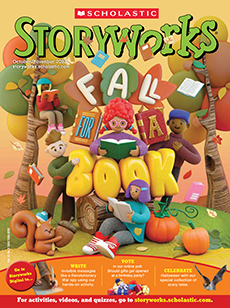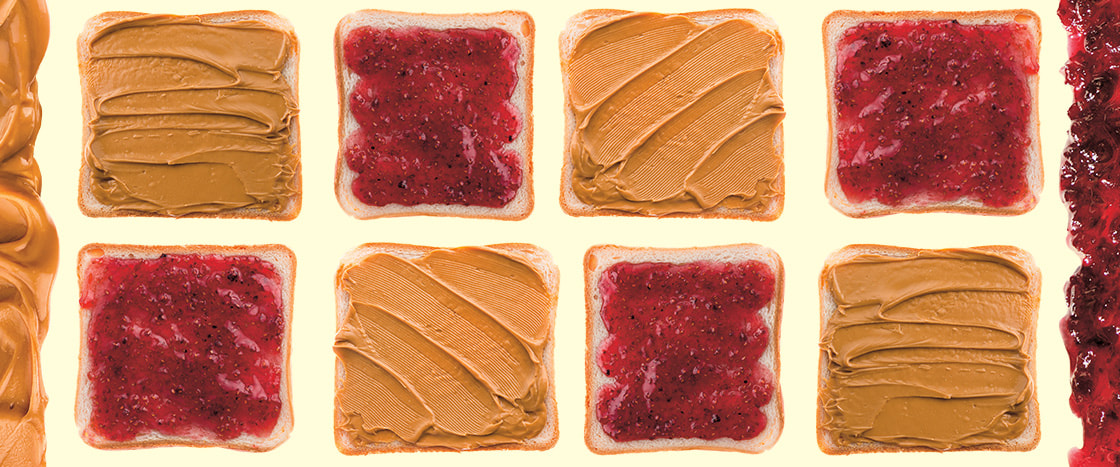Shutterstock.com
It was the early 1900s in southern Michigan. Tucked in the woods was a fancy new health spa for wealthy Americans. Some received special medical treatments for illnesses. Others simply wanted to escape city life for the fresh air—and maybe even catch a glimpse of the spa’s famous visitors, like inventor Thomas Edison and pilot Amelia Earhart.
The spa was run by a doctor named John Harvey Kellogg. As part of his treatments, Kellogg insisted his patients eat healthy foods, like soy milk and cereal. (You may recognize his name—he helped start a famous food company, Kellogg’s.) And for patients with trouble chewing, Kellogg suggested a sticky substance few at the time had heard of: peanut butter.
Kellogg had been looking to invent a healthy, easy food to serve patients. But in doing so, he kicked off a peanut butter craze that swept the nation.
It was the early 1900s in southern Michigan. A fancy new health spa for rich Americans had opened. Some went there to get special medical treatments for illnesses. Others simply wanted to escape city life and enjoy the fresh air. Maybe they’d even see one of the spa’s famous visitors, like inventor Thomas Edison and pilot Amelia Earhart.
The spa was run by a doctor named John Harvey Kellogg. As part of his treatments, Kellogg wanted his patients to eat healthy foods, like soy milk and cereal. (You may recognize his name. He helped start a famous food company, Kellogg’s.) And for patients with trouble chewing, Kellogg suggested a sticky food that few people had heard of. That food was peanut butter.
Kellogg had wanted to invent a healthy, easy food to serve patients. But in doing so, he started a peanut butter craze that spread across the U.S.


